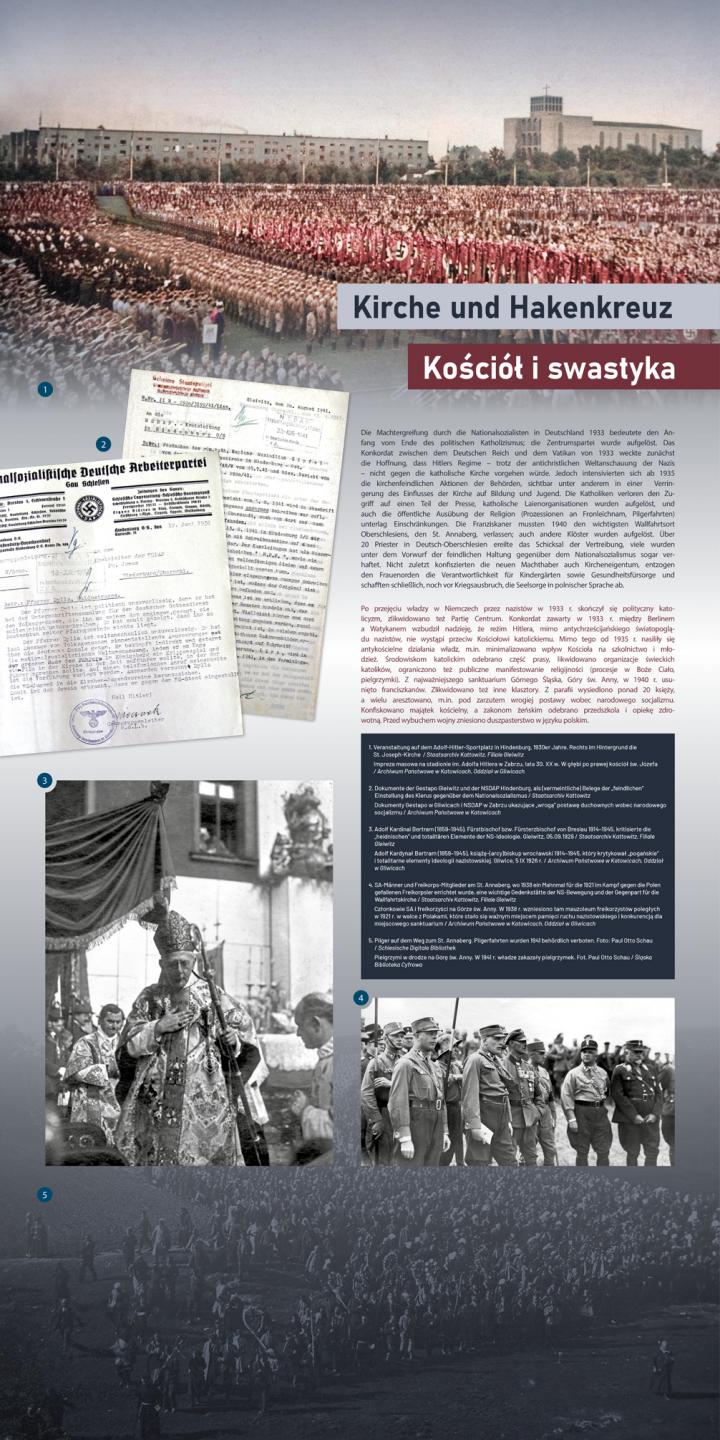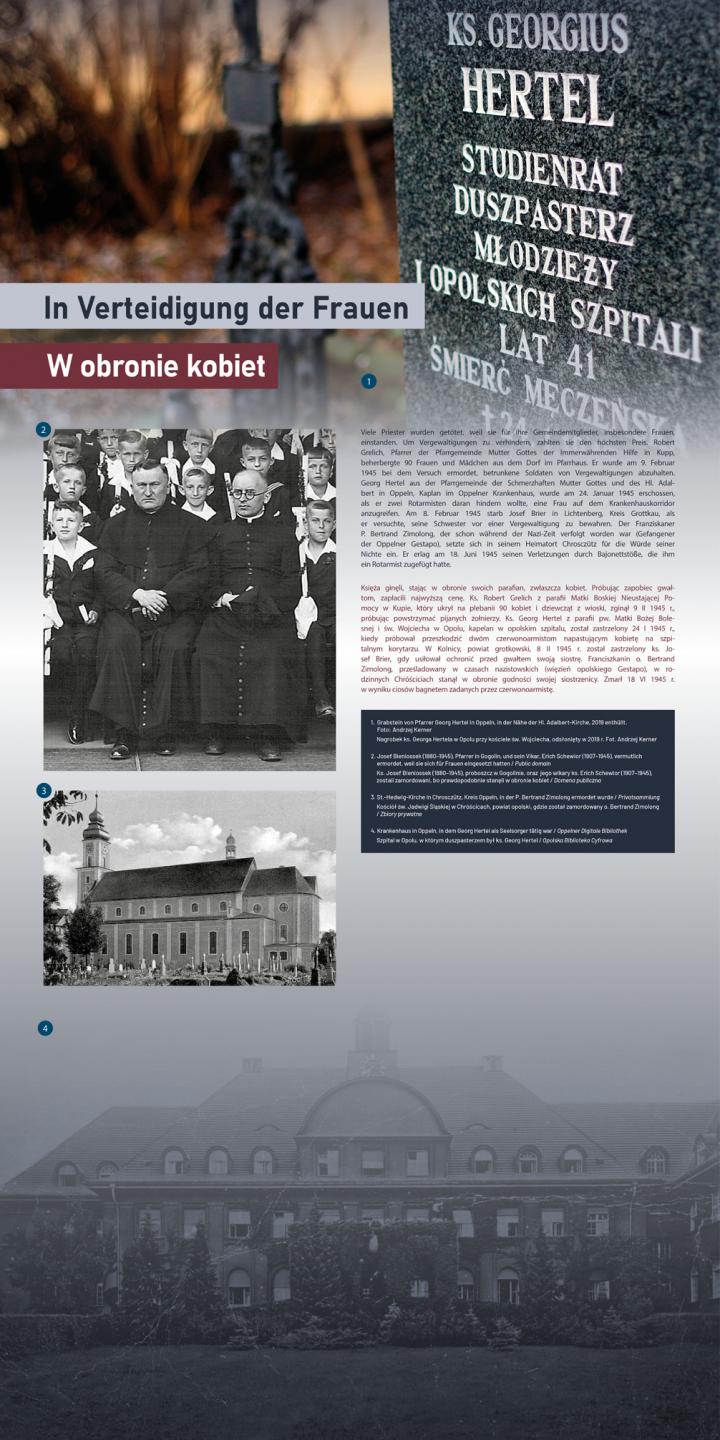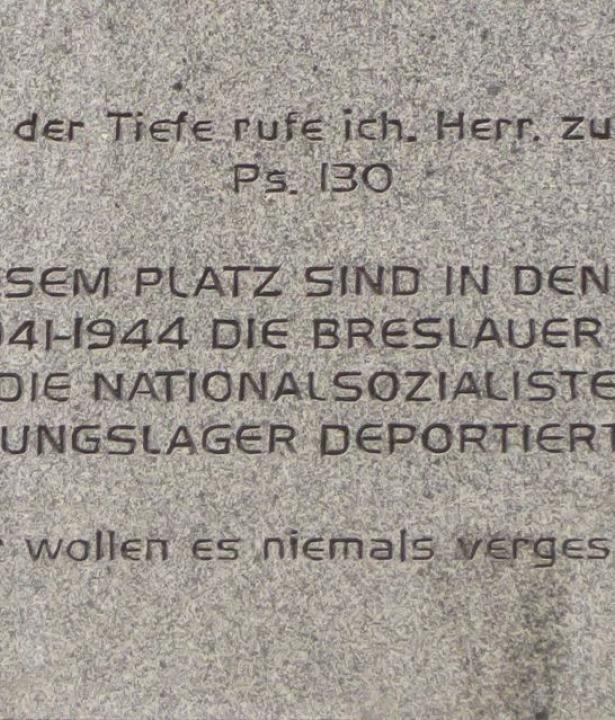National Socialism and Stalinism claimed the lives of millions of people, among them, members of religious communities. In Upper Silesia, Catholic priests and other members of religious institutions, both female and male, were sent to internment camps and murdered.
Text
The totalitarian ideologies of the 20th century saw the Catholic Church and devout Catholics as one of their major enemies. During the years 1933 to 1956, across large swathes of East Central Europe, especially in Catholic Upper Silesia, followers of the Catholic Church were targeted, systematically persecuted, imprisoned, and murdered. The church was banned from participating in public life and believers were intimidated. The National Socialists’ actions against the church began with the limitation of public displays of faith. This was soon followed by the Gleichschaltung (enforced conformity) of apprentice organizations and the media and, once war had broken out, numerous Upper Silesian priests and order members were arrested and interned in concentration camps – predominantly in East Upper Silesia.
The invasion of the Soviet forces in Upper Silesia in January 1945 proved to be a genuine tragedy: Throughout all of Upper Silesia dozens of priests and monks, who placed themselves between the aggressors and their fellows in the population, were killed. Among the victims were also dozens of sisters, who were most brutally raped and murdered. When Polish communist authorities assumed power and clergyman of German nationality were expatriated, the repressions against the Catholic Church and believers gradually intensified. Towards the end of the 1940s, religious life became severely restricted, as bishops, clergymen, and sisters were either relocated or sent to working camps. Although the end of Stalinism in 1956 meant the end of brutal repressive policies, but the programmatic fight against the Catholic Church continued.
The invasion of the Soviet forces in Upper Silesia in January 1945 proved to be a genuine tragedy: Throughout all of Upper Silesia dozens of priests and monks, who placed themselves between the aggressors and their fellows in the population, were killed. Among the victims were also dozens of sisters, who were most brutally raped and murdered. When Polish communist authorities assumed power and clergyman of German nationality were expatriated, the repressions against the Catholic Church and believers gradually intensified. Towards the end of the 1940s, religious life became severely restricted, as bishops, clergymen, and sisters were either relocated or sent to working camps. Although the end of Stalinism in 1956 meant the end of brutal repressive policies, but the programmatic fight against the Catholic Church continued.
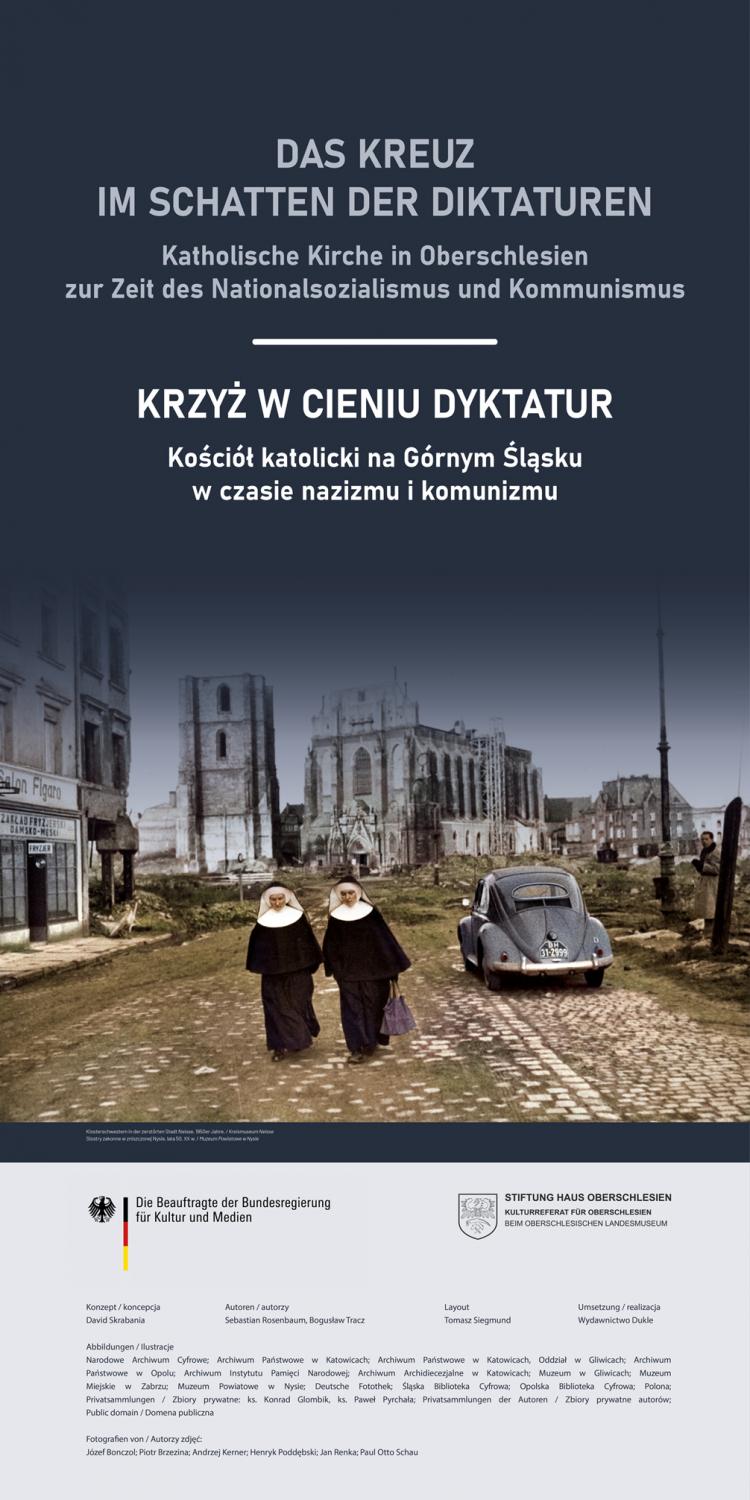
Kulturreferat für Oberschlesien, Free access - no reuse
Kulturreferat für Oberschlesien, Free access - no reuse

Kulturreferat für Oberschlesien, Free access - no reuse
Kulturreferat für Oberschlesien, Free access - no reuse

Kulturreferat für Oberschlesien, Free access - no reuse
Kulturreferat für Oberschlesien, Free access - no reuse

Kulturreferat für Oberschlesien, Free access - no reuse
Kulturreferat für Oberschlesien, Free access - no reuse

Kulturreferat für Oberschlesien, Free access - no reuse
Kulturreferat für Oberschlesien, Free access - no reuse

Kulturreferat für Oberschlesien, Free access - no reuse
Kulturreferat für Oberschlesien, Free access - no reuse

Kulturreferat für Oberschlesien, Free access - no reuse
Kulturreferat für Oberschlesien, Free access - no reuse

Kulturreferat für Oberschlesien, Free access - no reuse
Kulturreferat für Oberschlesien, Free access - no reuse

Kulturreferat für Oberschlesien, Free access - no reuse
Kulturreferat für Oberschlesien, Free access - no reuse

Kulturreferat für Oberschlesien, Free access - no reuse
Kulturreferat für Oberschlesien, Free access - no reuse

Kulturreferat für Oberschlesien, Free access - no reuse
Kulturreferat für Oberschlesien, Free access - no reuse
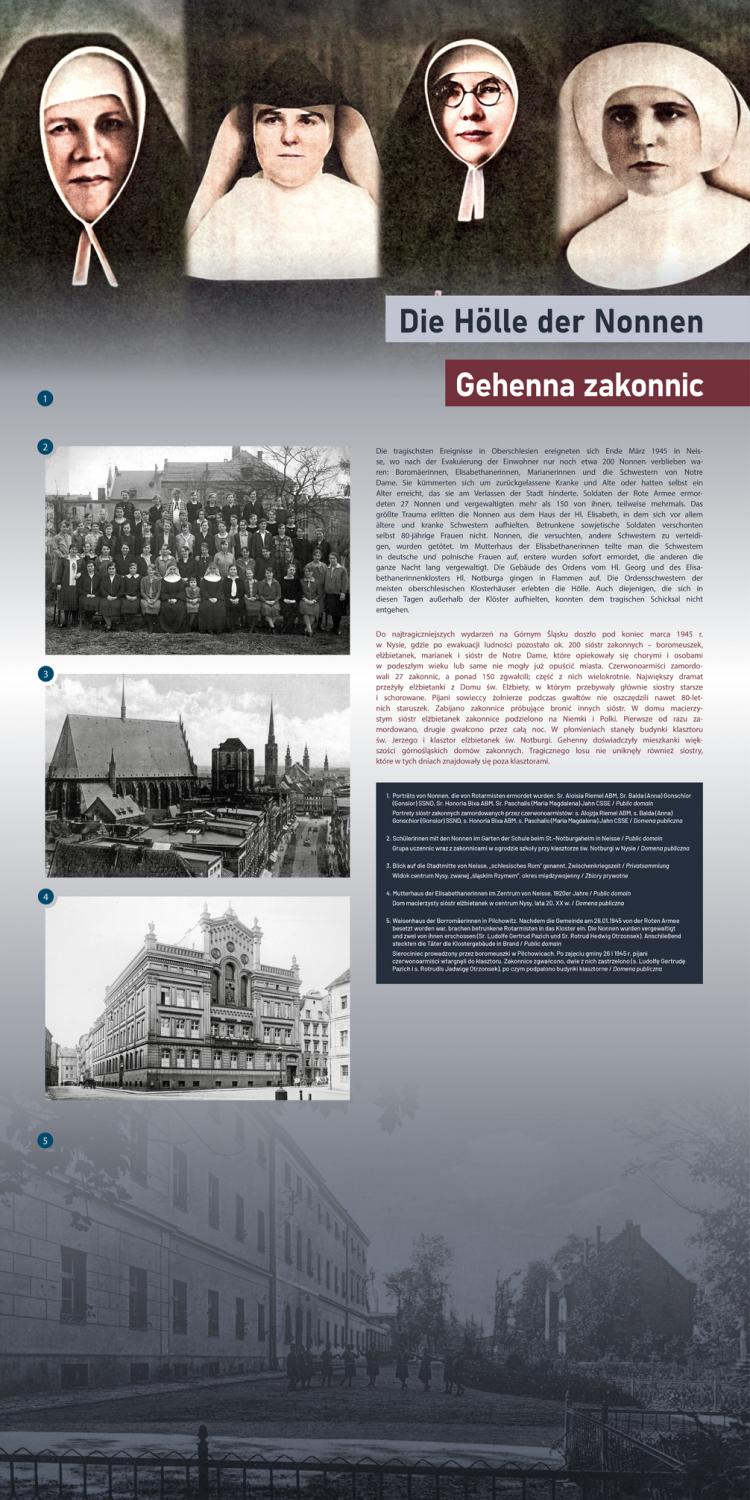
Kulturreferat für Oberschlesien, Free access - no reuse
Kulturreferat für Oberschlesien, Free access - no reuse

Kulturreferat für Oberschlesien, Free access - no reuse
Kulturreferat für Oberschlesien, Free access - no reuse

Kulturreferat für Oberschlesien, Free access - no reuse
Kulturreferat für Oberschlesien, Free access - no reuse

Kulturreferat für Oberschlesien, Free access - no reuse
Kulturreferat für Oberschlesien, Free access - no reuse
Externe Links
External Image





